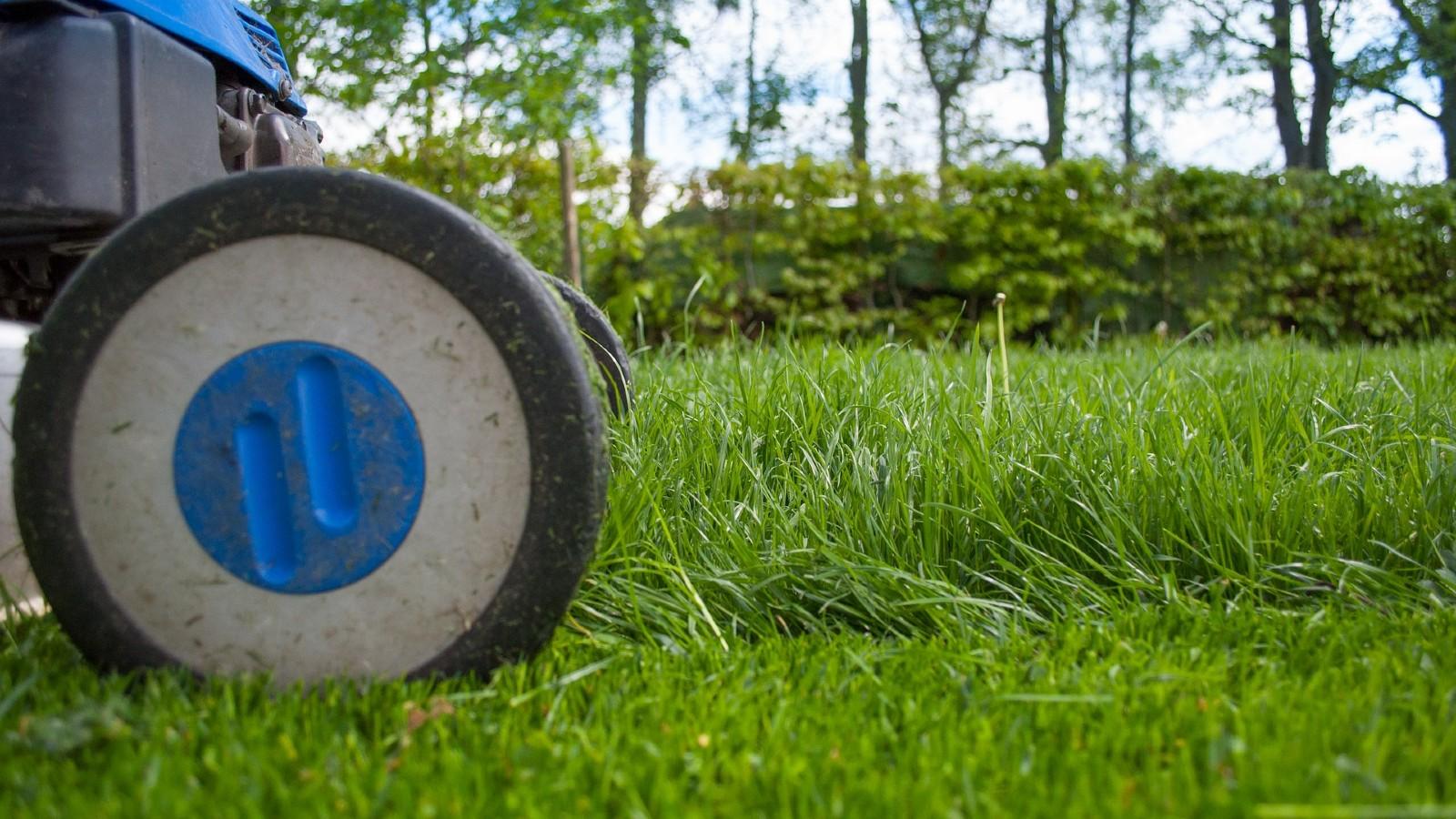Home lawns and the idea of what a home lawn should look like varies greatly. There are homeowners who dream of that perfectly green, weed-free lawn (although the trend is toward a lower input lawn and lawn alternatives), and then there are others who are perfectly fine with clover and other weeds growing in their low maintenance landscapes. Our lawn care advice is based on University research that concentrates on cultural practices, including proper timing and amount of fertilizer, to produce a healthy, family, and earth-friendly lawn.
How to have a healthy lawn in Maryland
Summary of Care for Maryland Home Lawns
- Perform a soil test every three years and before a lawn renovation project. Lawn Maintenance Calendar for Maryland Home Lawns
- Late summer through early fall is the best time to perform lawn renovation and overseeding. This includes aeration and sowing grass seed.
- Turf-type tall fescue is the recommended type of grass for sunny lawns in Maryland. Fine fescues are used on low-maintenance sites and for areas that receive less than 4 hours of direct sunlight. Refer to (PDF) TT-77 Recommended Turfgrass Cultivars for Certified Sod and Professional Seed Mixtures.
- Set your mower height at 3 to 4 inches. Mow more frequently when your grass is actively growing (spring and fall) and less frequently when your lawn is dormant during the hottest, driest part of the summer. Do not remove more than 1/3rd of the grass blade at each cutting.
- Apply lawn fertilizer in the fall and maintain your lawn according to Lawn Maintenance Calendar for Maryland Lawns and the University of Maryland Extension lawn fertilizer schedule. The optional fertilizer applications listed are not necessary for lawns older than 8-10 years because older lawns require less nitrogen. Also, sweep any fertilizer that lands on sidewalks or driveways back onto grassy areas.
- Do not bag grass clippings; allow them to naturally decompose on your lawn. This practice contributes about 25% of the nitrogen your lawn needs for the year.
- A thick, dense lawn is the best defense against weeds. Hand pull or spot treat broadleaf weeds with a liquid broadleaf weed herbicide. Proper fertilization and mowing height, in addition to overseeding contribute to a thick, healthy lawn.
- Established tall fescue lawns generally do not need to be watered. They will go dormant during the hot, dry part of the summer and green up again when cooler temperatures return and rainfall increases. If watering is necessary, such as with a new lawn, water for a longer period of time but less frequently to encourage a deeper root system. Frequent shallow watering encourages a weak, drought intolerant root system.
- Look into lawn alternatives for a more natural, more sustainable landscape. Or, consider planting groundcovers in shady areas and around trees where grass does not grow well.
Still have a question? Contact us at Ask Extension
